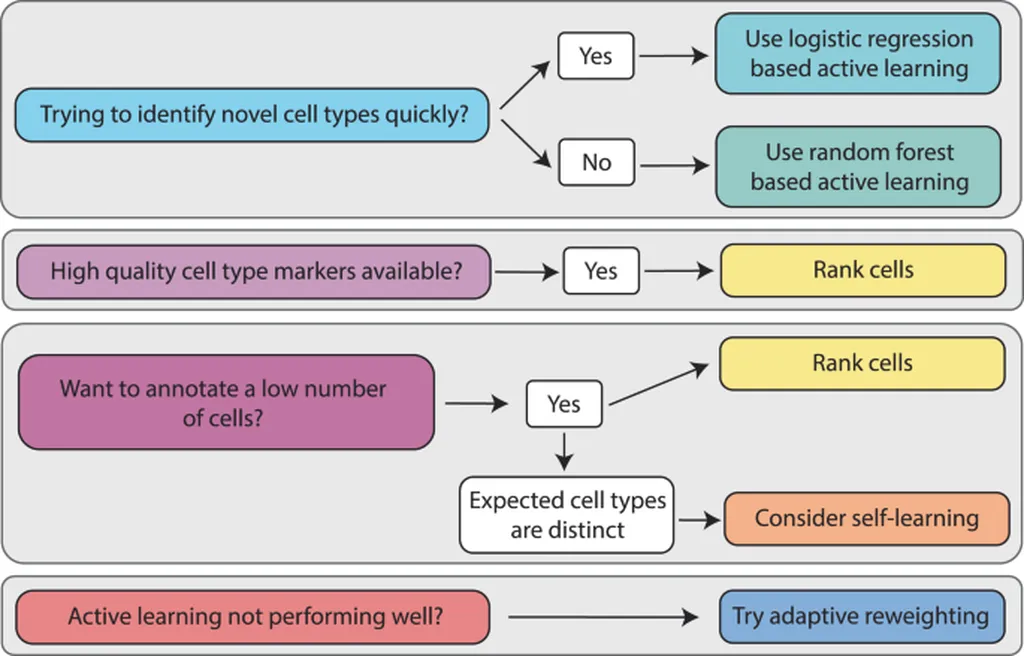In the rapidly evolving landscape of wireless communication, the ability to accurately classify and label modulation and signal types is crucial for applications ranging from military reconnaissance to cognitive radio systems. A recent study by Bhargava B C, Ankush Deshmukh, and A V Narasimhadhan introduces an innovative approach to this challenge, leveraging active learning and machine learning to achieve unprecedented accuracy in real-time signal classification.
The cornerstone of supervised machine learning is the availability of labelled datasets. However, obtaining these labels, especially in real-time scenarios, poses a significant challenge. The researchers addressed this issue by employing an active learning framework, which efficiently labels data points with minimal training samples. This approach not only reduces the need for extensive labelled datasets but also enhances the speed and accuracy of signal classification.
The study focuses on wireless modulation and signal classification, areas with wide-ranging applications in military, commercial, and electronic reconnaissance. By integrating active learning with machine learning algorithms such as K-Nearest Neighbors (KNN), Support Vector Machines (SVM), and Naive Bayes, the researchers developed a robust system capable of real-time signal classification.
Active learning plays a pivotal role in this framework by identifying and labelling data points with the least amount of training data. This method ensures that the classification model is trained on the most informative samples, thereby improving its accuracy and efficiency. The researchers reported an impressive accuracy of 86 percent for signal classification at a signal-to-noise ratio (SNR) of 18 dB, demonstrating the effectiveness of the active learning approach.
Furthermore, the KNN-based model for modulation and signal classification exhibited exceptional performance across a range of SNR values. The model achieved an accuracy of 99.8 percent for signals with an SNR of 18 dB, showcasing its reliability and precision. The integration of active learning with KNN not only enhances the classification accuracy but also reduces the computational overhead, making it suitable for real-time applications.
The novelty of this research lies in its application of active learning for wireless modulation and signal class labelling. By forming data sample couplets, the system labels both modulation and signal classes simultaneously, streamlining the classification process. This innovative approach sets a new benchmark in the field of wireless communication and signal processing.
The implications of this research are far-reaching. For the defence and security sector, accurate and real-time signal classification is vital for electronic reconnaissance and cognitive radio systems. The ability to quickly and accurately identify and label different modulation and signal types can enhance situational awareness and decision-making capabilities. Additionally, the commercial sector can benefit from improved signal processing techniques, leading to more efficient and reliable communication systems.
In conclusion, the study by Bhargava B C, Ankush Deshmukh, and A V Narasimhadhan represents a significant advancement in the field of wireless communication. By combining active learning with machine learning algorithms, the researchers have developed a highly accurate and efficient system for real-time signal classification. This innovative approach not only addresses the challenges of labelling data in real-time but also sets a new standard for signal processing in both defence and commercial applications. Read the original research paper here.

